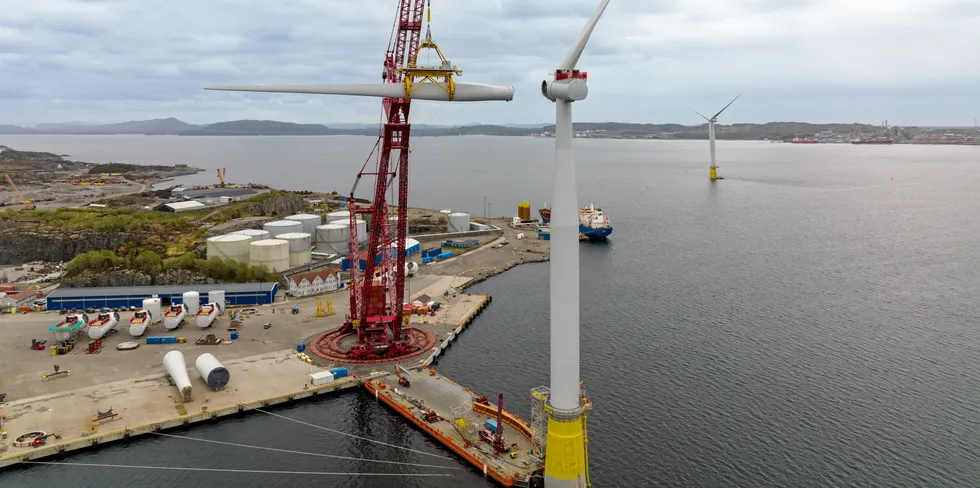Trouble at Trollvind | Does Equinor's shelved giant spell storm clouds for floating wind?
Indefinite icing of Norwegian plan likely due to challenges of race to meet demands of oil & gas decarbonisation, say analysts

Indefinite icing of Norwegian plan likely due to challenges of race to meet demands of oil & gas decarbonisation, say analysts
